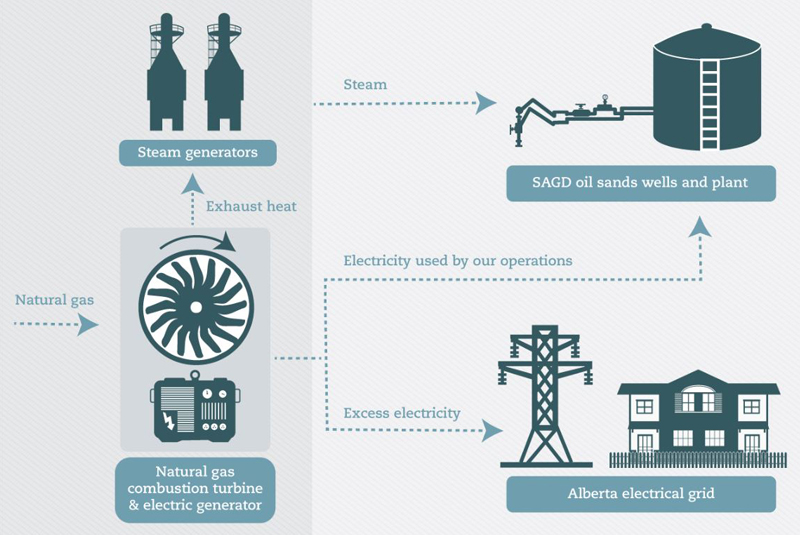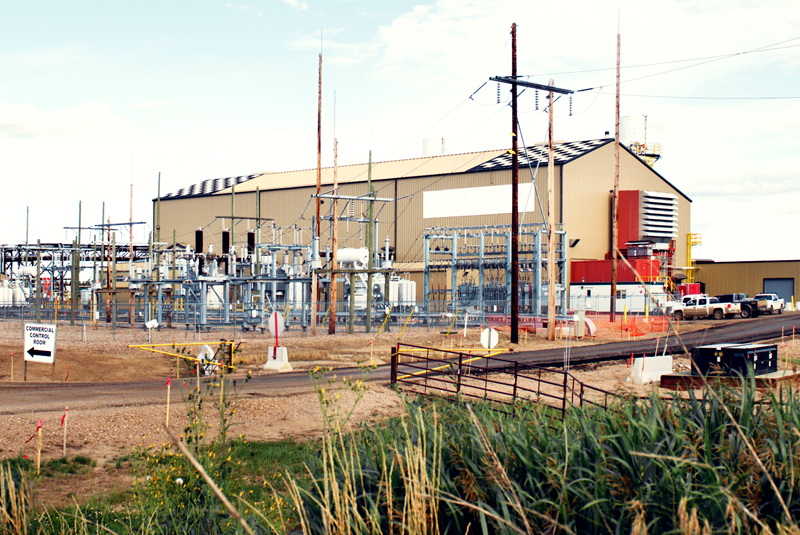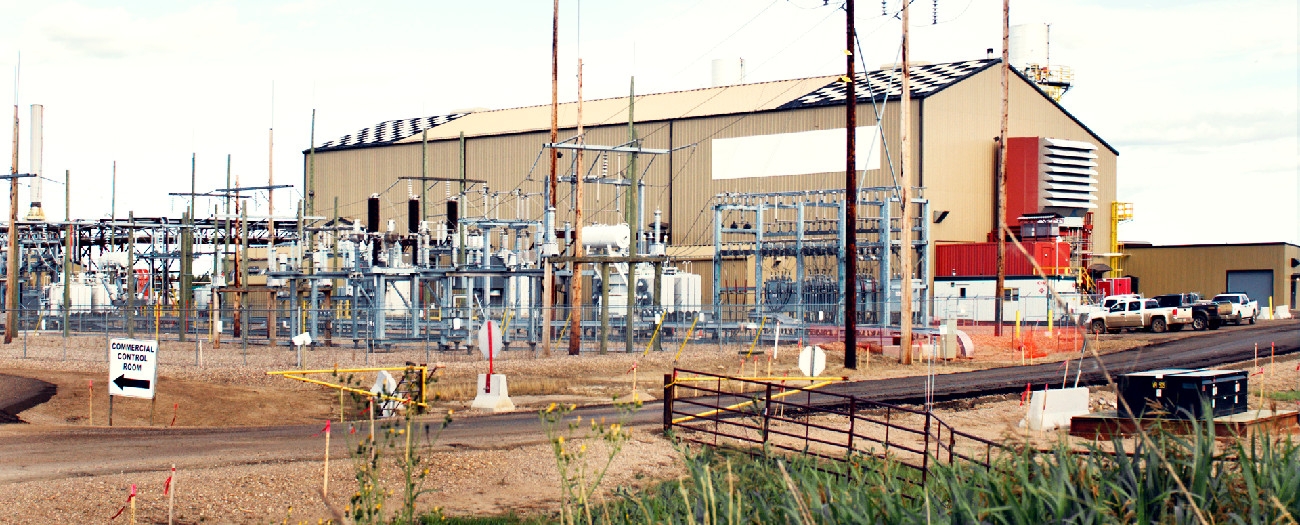Finding energy-efficient ways to power the energy industry
Alberta - March 09, 2018Some might call it ironic that the oil and gas industry would turn to other energy sources to help power their operations. Those in the know, however, would call it a smart business decision.
“Using alternative energy sources and cogenerating energy is not a new concept,” says Scott Heckbert, chief environmental scientist with Alberta Energy Regulator (AER). “Facilities located in remote areas that don’t have access to the power grid have always used site-based power generation, so cogeneration of energy is also an efficiency that is increasingly being captured.”
Illustration courtesy of Cenovus

Au Natural
Cogeneration happens when electricity is generated from energy that is usually wasted. The most commonly used form of cogeneration is producing steam and electricity at the same time.
Another type of cogeneration is specialized systems at natural gas facilities that are designed to capture vented gas, including methane, and turn these gases into fuel.
Co-generation is a big trend right now, and not just in the oil and gas industry
Scott Heckbert, AER chief environmental scientist
“Co-generation is a big trend right now, and not just in the oil and gas industry,” adds Heckbert. “The word certainly has environmental overtones, but there’s a big economic impact to using alternative energy sources. The cost-cutting benefits go hand-in-hand with the green benefits.”
Oil and gas companies also use alternative energy sources, like sun and wind energy, to power their facilities. For example, wind turbines and solar panels are often used to power pump jacks.
Innovation matters
Canada’s Oil Sands Innovation Alliance (COSIA) is a partnership of 13 oil and gas companies focused on improving environmental performance in Canada’s oil sands. COSIA says that since its inception 5 years ago, it has shared more than 900 environmental technologies, representing more than $1.3 billion worth of innovation.
COSIA is currently piloting three new cogeneration technologies: gas turbine-once through steam generators, molten carbonate fuel cells, and thermoelectric power generation. (Visit their website to learn more.)
Heckbert notes that part of the AER’s role is to encourage companies to innovate.
“Our role as a regulator is to ensure that companies have enough flexibility to continue to look for new technologies and new ways to operate in the most environmentally responsible way.”

Kate Bowering, Writer


